Guillain–Barre Syndrome (GBS) is a rare but serious autoimmune disorder that affects the peripheral nervous system. In simple terms, it occurs when the immune system mistakenly attacks the nerves outside the brain and spinal cord. This misdirected immune response leads to weakness, numbness, and in severe cases, paralysis.
Table of Contents
Guillain–Barre Syndrome: Why Awareness Matters

Awareness of GBS is crucial due to its significant implications for public health and individual well-being. Here’s why it matters:
- Leading Cause of Paralysis: GBS is the most common cause of acute flaccid paralysis worldwide.
- Potentially Life-Threatening: Without prompt treatment, GBS can lead to severe complications.
- Need for Early Diagnosis: Immediate medical care is vital for those showing GBS symptoms, as early diagnosis improves outcomes.
- Wide Impact: GBS affects individuals across all age groups, though it is more common in adult males.
- Challenge In Recovery: Most individuals recover fully, but severity varies; severe cases may lead to significant paralysis or breathing difficulties.
- Uncertain Origins: The exact cause of GBS remains unknown, making research and awareness essential.
- Post-Infection Link: Many cases develop after viral or bacterial infections.
What Causes Guillain–Barre Syndrome?
In most cases, the primary trigger for Guillain–Barré Syndrome (GBS) is an infection.
However, there are instances where GBS develops after surgery or trauma, and sometimes the cause remains unknown.
The following are notable infectious triggers for GBS:
Campylobacter jejuni: This is the most common trigger. This bacteria is commonly found in contaminated food and water. It can be present in raw or undercooked meat, seafood, and unpasteurized milk, as well as in vegetables and fruits that have been contaminated. Drinking untreated water and handling infected pets or their belongings can also lead to infection.
Other Infections: These include Mycoplasma pneumoniae, Haemophilus influenzae, Epstein-Barr virus (EBV), Cytomegalovirus (CMV), Zika virus, SARS-CoV-2, and more.Research shows that while many individuals may encounter triggers for Guillain–Barré Syndrome (GBS), not everyone will develop the condition. Variations in individual immune responses suggest that these triggers significantly influence the onset of GBS in some people
Why does Guillain–Barre Syndrome Challenge Typical Autoimmune Definitions?

Guillain–Barre Syndrome (GBS) presents several characteristics that lead some researchers to question its classification as a typical autoimmune disease:
Monophasic Nature: GBS usually occurs as a single episode rather than recurring.
Limited Response to Immunosuppressive Treatments: Unlike other autoimmune disorders, immunosuppressive treatments often do not benefit GBS patients.
Distinctive Nature: GBS is typically not linked to other autoimmune conditions, setting it apart from many autoimmune disorders that often co-occur.
What are the symptoms of Guillain–Barre Syndrome?

Common symptoms of Guillain–Barré Syndrome (GBS) include weakness, numbness, tingling, and burning sensations, typically starting in the toes or fingers and progressing upward. This upward progression usually affects areas like the ankles and wrists.
Location-Specific Common Symptoms:
- Facial Droop: One side of the face may appear uneven or saggy, and it becomes difficult to move the muscles on the affected side of the face.
- Diplopia: Commonly referred to as double vision, where a person sees two images of a single object. This makes it hard to focus on one thing.
- Dysarthria: Speech becomes slurred or unclear due to weakness in the muscles responsible for speaking.
- Dysphagia: Difficulty in swallowing, making it challenging to eat or drink.
- Ophthalmoplegia: Difficulty in moving the eyes, where movement in certain directions becomes impaired.
- Pupil Disturbance: The pupil (the black part of the eye) shows reduced or no response to light.
In severe cases of Guillain–Barre Syndrome (GBS), additional systemic symptoms with pain may also be present, including the following:

- Dyspnea on Exertion: This refers to difficulty breathing during physical activity. One of the most common types of complications of GBS.
- Shortness of Breath: A feeling of not being able to get enough air, which can occur even at rest.
- Tachycardia/Bradycardia: These terms describe an increased heart rate (tachycardia) or a decreased heart rate (bradycardia), both of which can occur in GBS.
- Urinary Retention: This is the inability to empty the bladder completely, which can lead to discomfort and other complications.
- Heart and Blood Pressure Problems: Individuals with Guillain–Barré Syndrome (GBS) may experience irregularities in heart rate and blood pressure.
- Blood Clots: There is an increased risk of developing blood clots due to reduced mobility during recovery.
- Pressure Sores: Prolonged immobility can lead to pressure sores, which are areas of damaged skin and tissue.
How is Guillain–Barre Syndrome (GBS) Diagnosed?
Guillain–Barré Syndrome (GBS) is typically diagnosed based on clinical evaluation. However, to confirm the diagnosis, various pathological tests are available, including biochemical screenings and nerve conduction studies. It is crucial to consult a doctor or healthcare professional in any case to ensure proper diagnosis and management.
How is Guillain–Barre Syndrome (GBS) Treated?
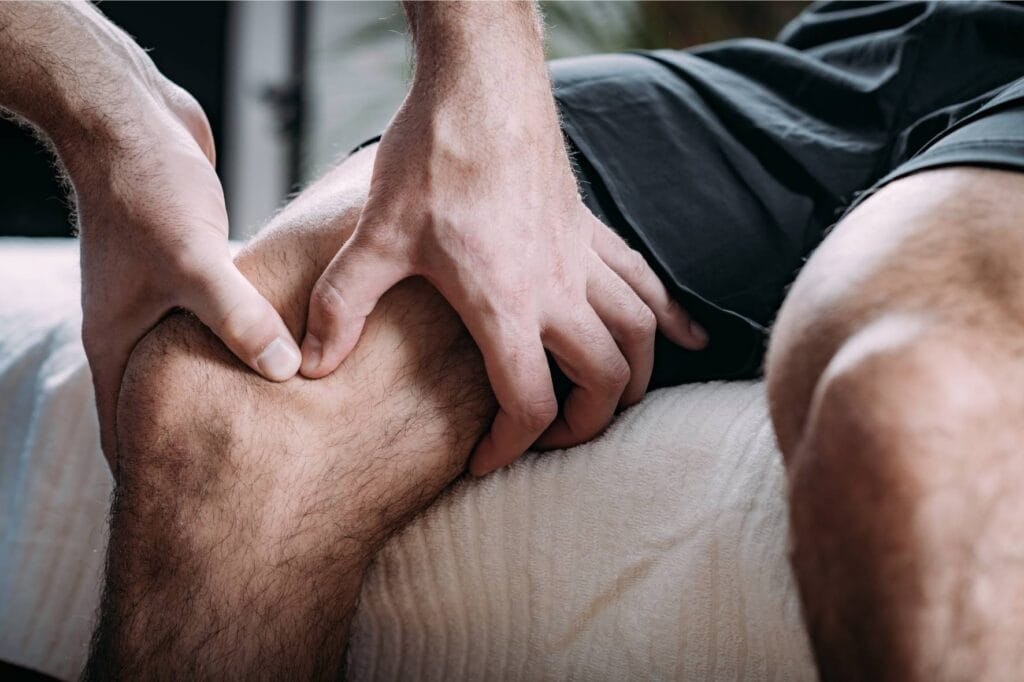
If you suspect Guillain–Barre Syndrome (GBS), consult your healthcare professional immediately for an accurate diagnosis. Timely management is crucial, so closely follow your doctor’s recommendations. Adhering to treatments like immunotherapy and plasma therapy is essential for a swift recovery.
In addition to medication and treatment, incorporating a few healthy habits can significantly aid in recovery. These include:
- Take rest: Give your body the time it requires to recover.
- Exercise: Engage in light exercises as advised by your healthcare provider to maintain mobility and strength.
- Physical Therapy: Participate in physical therapy sessions to improve movement and muscle function.
- Healthy Diet: Maintain a balanced and nutritious diet to support overall health and recovery.
Can Guillain–Barre Syndrome (GBS) be cured?
Recovery from Guillain–Barre Syndrome (GBS) varies from months to years, depending on the severity of the condition, the timing of diagnosis, and adherence to treatment plans.
Most individuals see significant improvement and can walk again within six months, while some may take up to a year to regain full muscle strength. A small number may experience prolonged or incomplete recovery. Notably, children often recover more quickly than adults, emphasizing the importance of early intervention and following treatment recommendations.
Is Guillain–Barre Syndrome Preventable?

Guillain–Barre Syndrome (GBS) is not a preventable condition, and the reasons why it develops in some individuals after illness or trauma, while others remain unaffected, are still not fully understood. However, there are several steps you can take to reduce the risk of developing GBS:
- Practice Regular Hand Washing: Good hand hygiene is essential.
- Food Handling: Cook meat, seafood, milk, and other animal products thoroughly, and prevent cross-contamination by using separate cutting boards. Always ensure you drink only safe, treated water.
- Avoid Close Contact: Stay away from those with the flu or stomach infections.
- Maintain a Healthy Lifestyle: Eat a balanced diet and exercise regularly to boost your immune system.
- Sanitize Common Areas: Regularly clean and sanitize surfaces and objects that multiple people touch. For children, make sure to frequently clean and sanitize their toys.
- Stay Vaccinated: Keep up with necessary vaccinations to prevent infections.
United in Hope: Navigating the GBS Journey with Compassion and Care
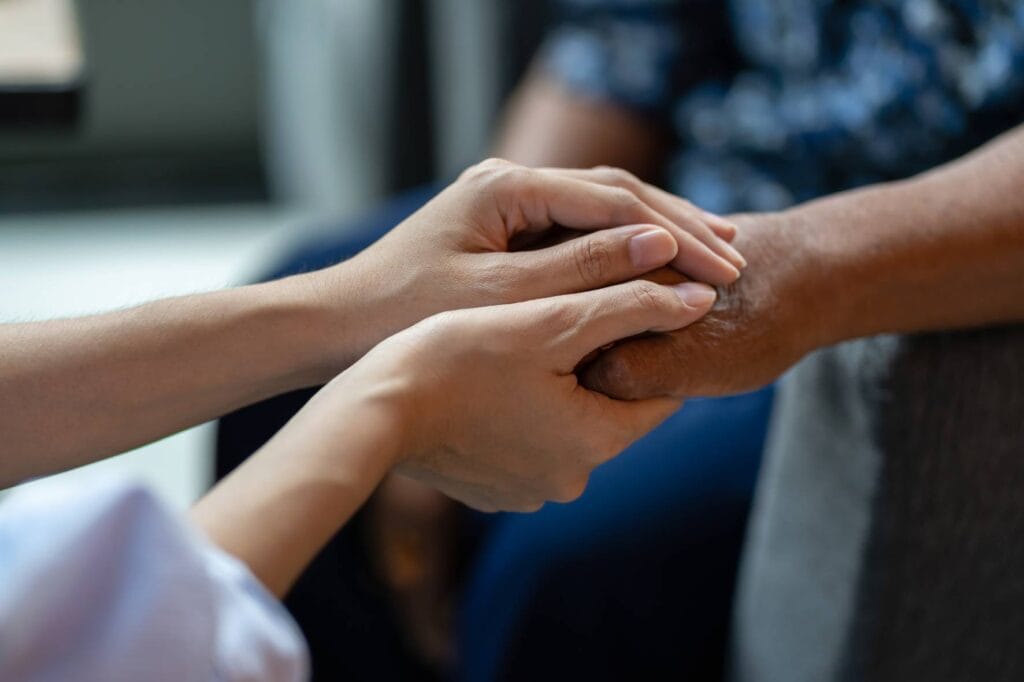
Caring for yourself and your loved ones during a Guillain–Barre Syndrome (GBS) diagnosis can feel like navigating uncharted waters, as the sudden onset of this condition can dramatically disrupt daily activities and roles. In these challenging moments, the unwavering support from family and friends becomes a lifeline, helping to maintain mental well-being amidst emotional and physical exhaustion.
Encouraging open conversations about feelings and experiences can transform isolation into connection, strengthening bonds and fostering resilience. Seeking professional help from a mental health specialist, psychologist, or counselor can offer invaluable coping strategies while joining support groups allows individuals to share their journeys with others who truly understand.
Both the affected person and their loved ones should feel empowered to express their needs openly; after all, asking for emotional support is a sign of strength, not weakness. By creating an atmosphere of empathy and understanding, the path to healing can turn from a daunting trek into a shared journey of hope and recovery, making the ride a little smoother for everyone involved.
Stay Informed, Stay Safe
Guillain–Barre Syndrome may be rare, but its impact is significant. By understanding its symptoms, triggers, and treatments, we can improve outcomes and offer better support to those affected.
Share this guide to raise awareness and inspire early action. Together, let’s navigate the challenges of GBS with compassion, care, and hope.
Also If you want to read about Recent outbreak related to HMPV Virus you can follow the link here.

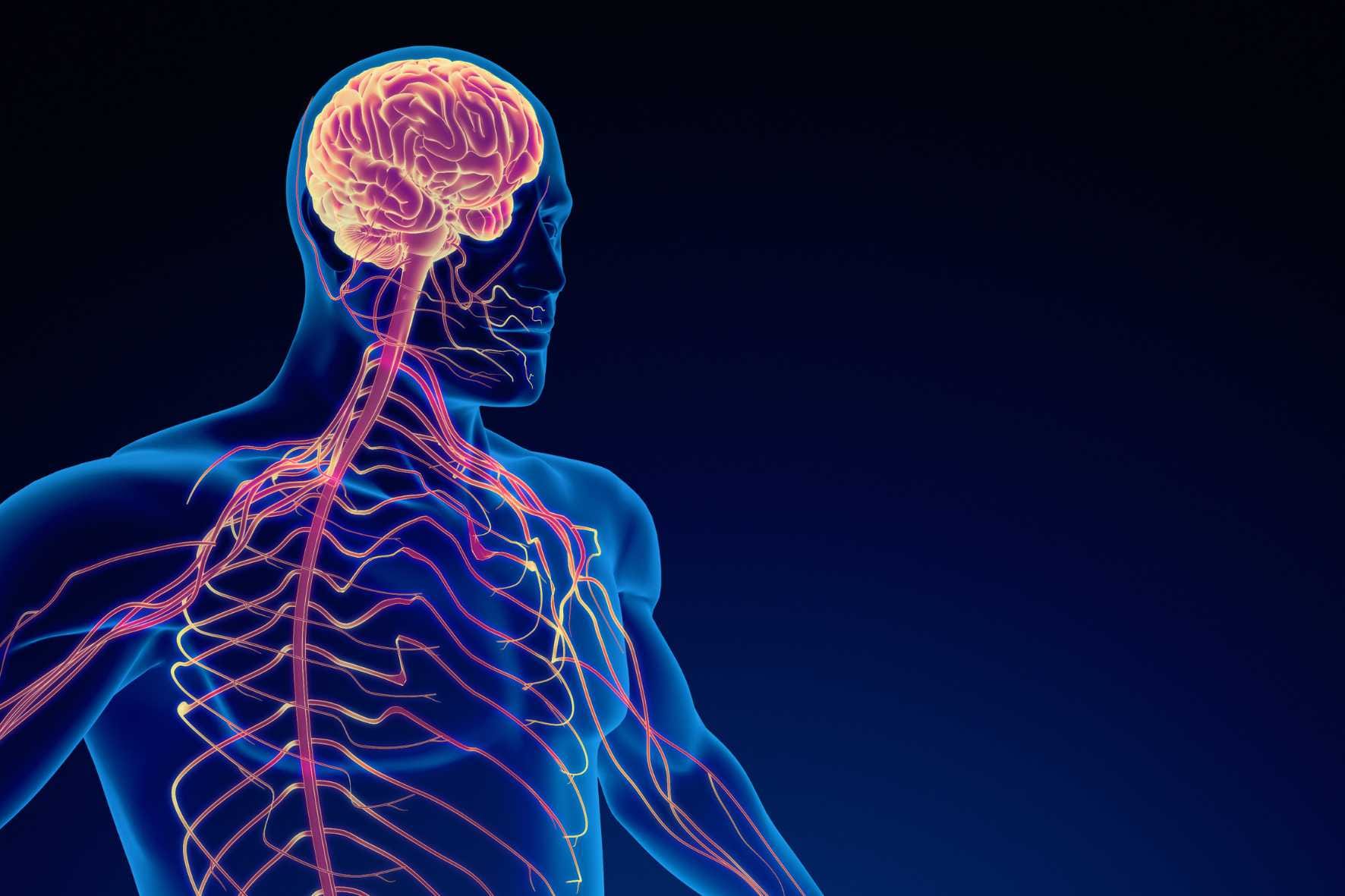
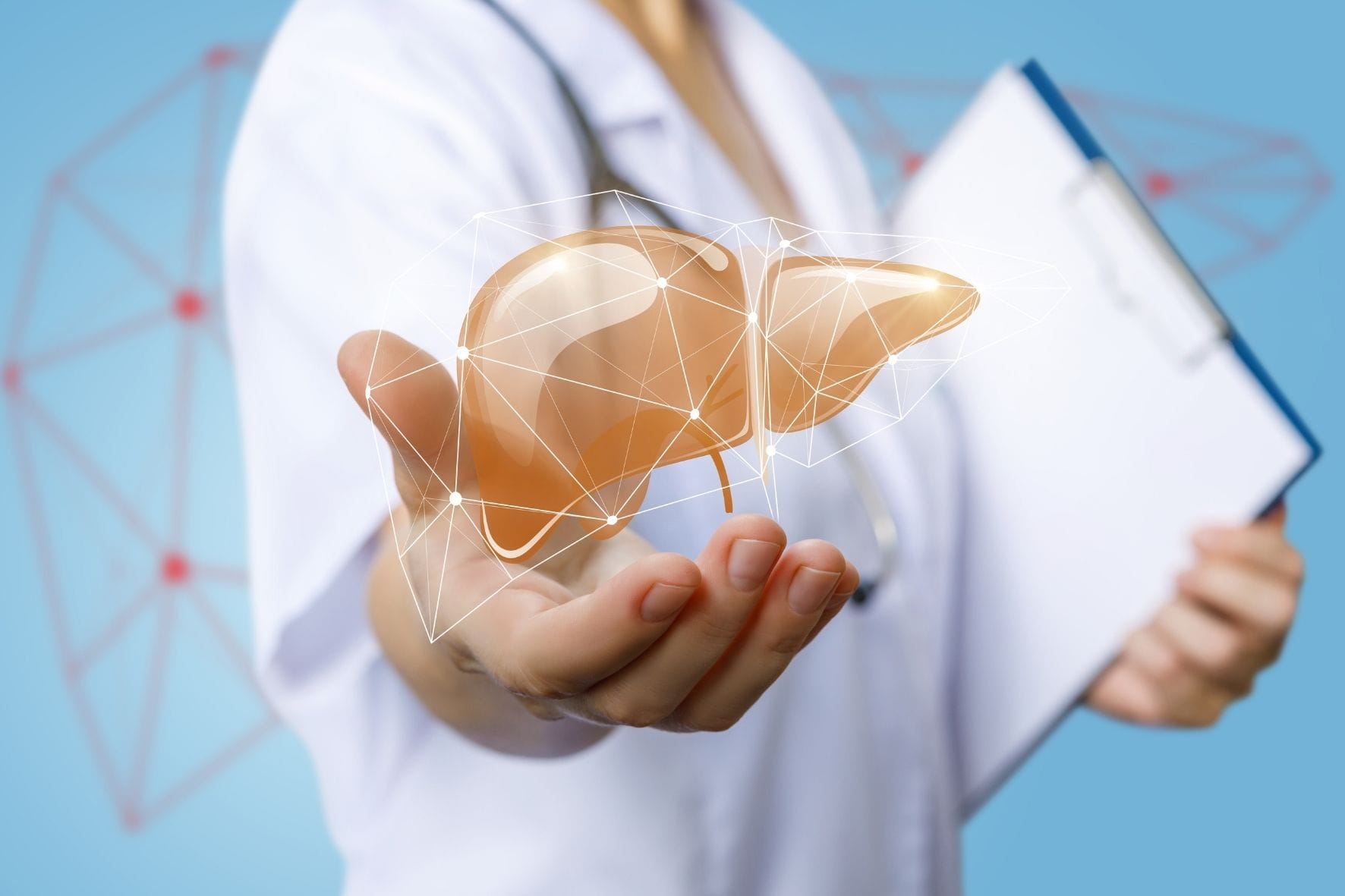
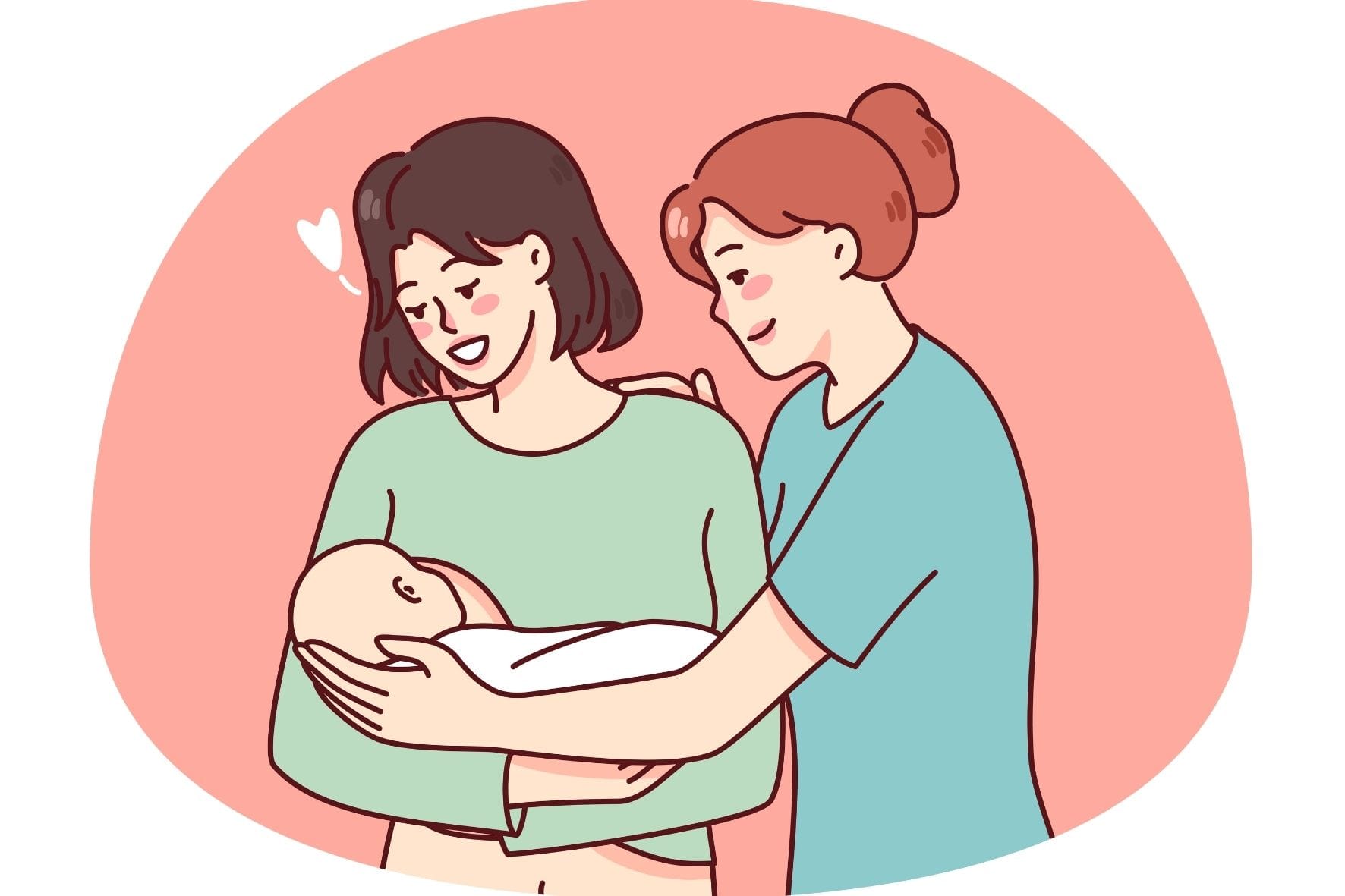

2 Comments
The explanation is simple yet articulate that makes it easy to read and understand the complex pieces.
Thank you! We are pleased to hear that you found the explanation both simple and articulate.